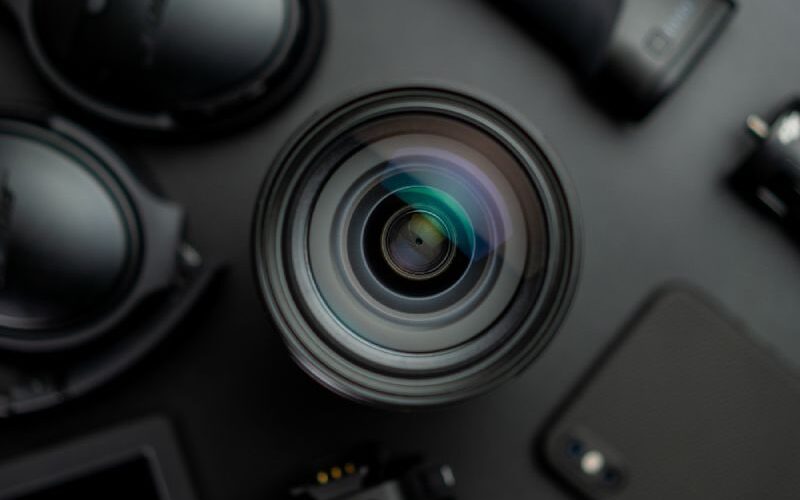What is an image sensor?
An image sensor serves as the electronic core of a digital camera, translating light from the environment into digital data—analogous to the role film played in traditional cameras. This digital data is then transformed into pixels, shaping the images we view.
The Evolution of Image Sensors
The groundbreaking image sensor, known as the charged coupled device (CCD), was born in the late 1960s, the brainchild of Willard Boyle and George E. Smith at Bell Labs. Initially finding its niche in scientific and space applications, it laid the foundation for the subsequent development of complementary metal oxide semiconductor (CMOS) sensors in the late 1990s. CMOS sensors gained traction due to their energy efficiency and increased adaptability (Wikipedia contributors, 2023).
How do image sensors work?
Operating as light-to-electricity converters, image sensors capture light through tiny, light-sensitive dots known as pixels. When light interacts with these pixels, it triggers the generation of electrical signals, with stronger light producing stronger signals. These electric signals are then transformed into digital data, determining the brightness of each pixel in the final image (Gillmor, 2018).
The types of image sensors
1) Charge-coupled device (CCD) sensors:
Initially dominant in digital cameras, CCD sensors provide clear and sharp image quality. However, they demand more power and operate slightly slower when compared to their CMOS counterparts.
How CCD works:
CCD sensors utilize a shift register to move charge across the array of pixels. When photons (light) hit a pixel, they generate a charge proportional to the light’s intensity. The charge is then sequentially shifted through the shift register, pixel by pixel, until it reaches the end of the sensor. The charges are then read off the sensor and converted into digital values. This process ensures precise image quality with low noise (Techquikie, 2015).
2) Complementary Metal Oxide Semiconductor (CMOS) Sensors:
In modern times, CMOS sensors have taken the spotlight owing to their energy efficiency, rapid operation, and cost effectiveness. Although once associated with lower image quality, contemporary CMOS sensors now match CCDs in image excellence, making them the favored choice for most cameras (Canon Europe, n.d.).
How CMOS works:
Each pixel in a CMOS sensor has its own charge-to-voltage conversion. When light hits a pixel, it generates charge, which is then converted into a voltage right at the pixel itself. This voltage is then amplified, and the analog-to-digital conversion takes place at the pixel level. CMOS sensors read each pixel individually, providing faster readout times compared to CCD. However, until nowadays, the rolling shutter effect, which is a distortion on a fast-moving object, is only happening on the CMOS sensors, and it hasn’t been fixed (Techquikie, 2015).
Understanding the intricacies of image sensors and their evolutionary trajectory sheds light on the mechanics of modern digital photography. As image sensor technology continues to advance, photographers can now freeze moments with such detail and accuracy.
Reference list
Europe, C. (n.d.). Camera sensors explained. [online] Canon Europe. Available at: https://www.canon-europe.com/pro/infobank/image-sensors-explained/ [Accessed 23 September 2023].
Gillmor, C. (2018). How does a digital camera sensor work? [online] Medium. Available at: https://medium.com/tech-update/how-does-a-digital-camera-sensor-work-1342974250fd [Accessed 23 September 2023].
SONY (n.d.). Common Technology of Image Sensors | Technology. [online] Sony Semiconductor Solutions Group. Available at: https://www.sony-semicon.com/en/technology/is/index.html [Accessed 23 September 2023].
techquikie (2015). Image Sensors as Fast As Possible. [online] www.youtube.com. Available at: https://youtu.be/2ZXamWYdUgQ?si=4xd8-ymesgyVsVyO [Accessed 23 September 2023].
Wikipedia contributors (2023). Image sensor. [online] Wikipedia. Available at: https://en.wikipedia.org/w/index.php?title=Image_sensor&oldid=1174413418 [Accessed 23 September 2023].
